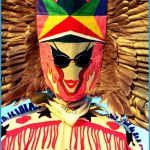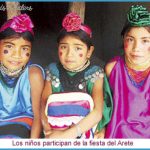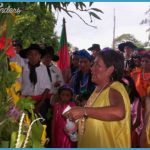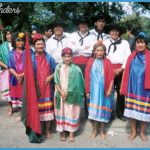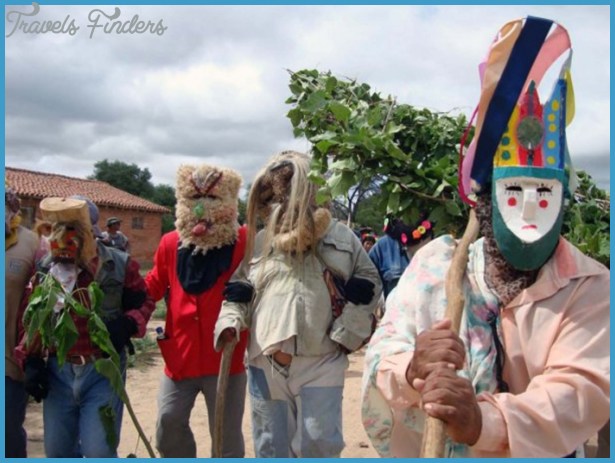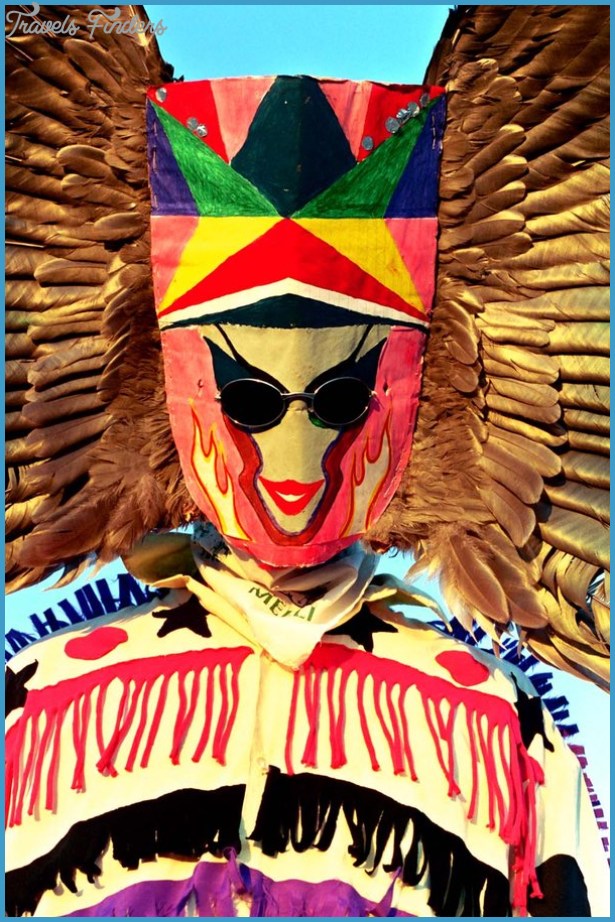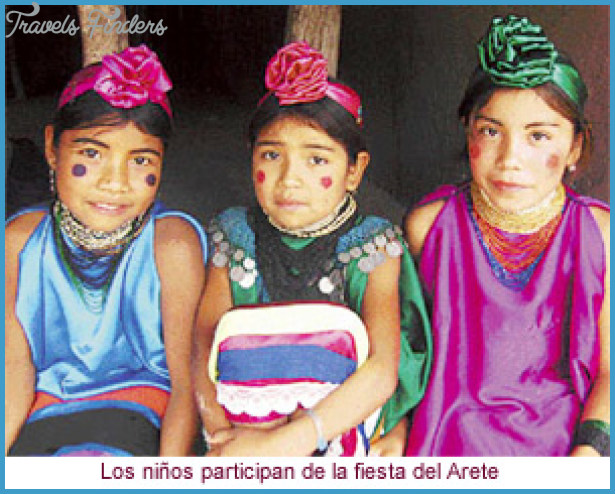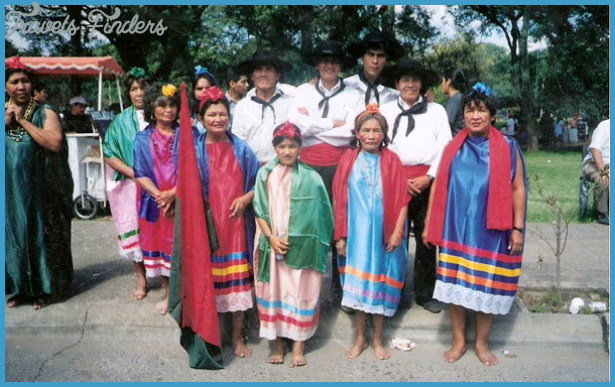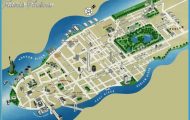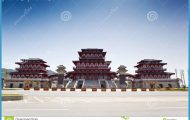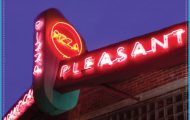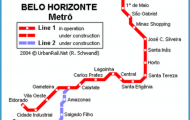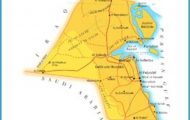The Arete Guazu is one of the most important celebrations of the year for the Guaram indigenous community. The festival, traditionally held over the course of three days, is all about celebrating the community spirit. People who have emigrated for work return in droves to rejoice with the community and honor those members who have passed away. The unbreakable bond with the community’s ancestors is emphasized throughout the Arete Guazu through a variety of rituals and traditions.
The first two days of the Arete Guazu consist largely of dance circles. A group of musicians playing drums and flutes provide a slow and steady beat while people hold hands and shuffle fairly slowly in circles, changing directions when the drumbeats reach a crescendo. As they dance, people focus on the memories of their deceased loved ones; many are moved to tears. When the musicians take a break, the crowds disperse to the shade of nearby trees and buildings to chat with each other and drink. The beverages of choice are homemade chicha, made from fermented fruit, and beer (less traditional but more easily obtained). Rain is considered to be a special blessing from God, and even if there is thunder and lightning dancing continues unabated. The atmosphere is festive, relaxed, and charged with emotion.
Costumes are yet another way that people connect with their ancestors during the festival. Men and young boys don costumes and channel the spirit of their ancestors, sometimes going as far as adopting altered mannerisms. Despite the heat, they wear long pants, long sleeved shirts and sweaters, close-toed shoes, gloves, masks, and even sunglasses over the masks. All of the clothing is painted and embellished with bright fabric scraps cut into fringes. A mask made of palo borracho might symbolize a grandfather dedicated to agriculture, while one with feathers could represent a hunter. Some people take a less traditional route using rubber Halloween masks. A select group of young men dresses in white pants, long-sleeve white shirts, and long pointy white hats with ribbons flowing from the tops. In an interesting mix of tradition and modernity, the outfits are painted from top to bottom with all manner of figures from skulls, ying yangs, to anarchy symbols and even Metallica logos.
The third day of the Arete Guazu is the most action packed. It is on this day that a group of men known as the kure (meaning pig in Guarani) emerge. Covered in mud from head to toe, these pigs run through the crowds leaving in their wake a trail of laughing, muddy victims. The kure especially like to target female festival goers, taking great delight in dumping mud on their heads. Older women may fight back by trying to pull down the kure’s shorts. Later in the day the toro-toro takes place. A mock battle in the mud between men acting as a bull and a jaguar, this is said to symbolize the struggle between European colonists and the Guarani Throughout the day the music and dancing continues. The Arete Guazu comes to a close with a visit to the cemetery, the most literal form of honoring the community’s ancestors. It is here that costumes are removed and discarded, thus allowing the ancestors to return to the spirit world.
Crossing into Bolivia
Yacyreta (Tel: 021 551 725), Stel Turismo (Tel: 021 551 647), Rio Paraguay (Tel: 021 555 958), and Pycasu (Tel: 021 551 735) have buses that run between Asuncion and Santa Cruz, Bolivia. The long, dusty ride takes between twenty-two and twenty-four hours and costs about US $50.
Unfortunately, the ticket price is often the same whether you board the bus in Asuncion or catch it Mariscal Estigarribia. It is a good idea to bring your own water and snacks. All buses make an obligatory stop at Mariscal Estigarribia’s well-lit 24 hour customs (aduana) checkpoint. While the bus is waiting at customs, passengers must visit the immigration office to be stamped into or out of Paraguay.
Those wishing to board the bus in Mariscal Estigarribia should note most buses from Asuncion arrive at the check point between 2am and 4am Tickets to Santa Cruz, Bolivia can be purchased directly from the bus drivers, however to be safe, it is better to purchase them beforehand. The simplest way to handle this is to book your ticket through the Yacyreta office at the Hotel La Laguna as they can also arrange for the bus to pick you up at the hotel which makes for a more comfortable wait (see Hotel La Laguna under Lodging in this section). Whether you are boarding the bus at the customs check point or the Hotel La Laguna be sure to pass through Immigration beforehand.
By Car
After passing through immigration controls in Mariscal Estigarribia, continue north on the Trans Chaco Highway approximately 110 kilometers until the crossroads with Picada 108 (should you need extra fuel you can continue ten kilometers past Mariscal Estigarribia to La Patria where there is a gas station). Here take a left and follow the road another 110 kilometers to the small town of Mayor Infante Rivarola. Continue another five kilometers or so to the border with Bolivia.
Immigration Office
Whether you are continuing to Bolivia by bus or private vehicle you must be officially stamped out at the immigration office in Mariscal Estigarribia. There are no immigration agents at the border itself (230 kilometers away in Mayor Infante Rivarola). From the main road the small immigration office is slightly to the right of the customs building. If it appears closed you might have to bang on the door loudly – there is a back room immigration officials stay in during downtime. Tel: 0494 247 315), At the entrance to town on the right-hand side if coming from Asuncion, open 24 hours a day


